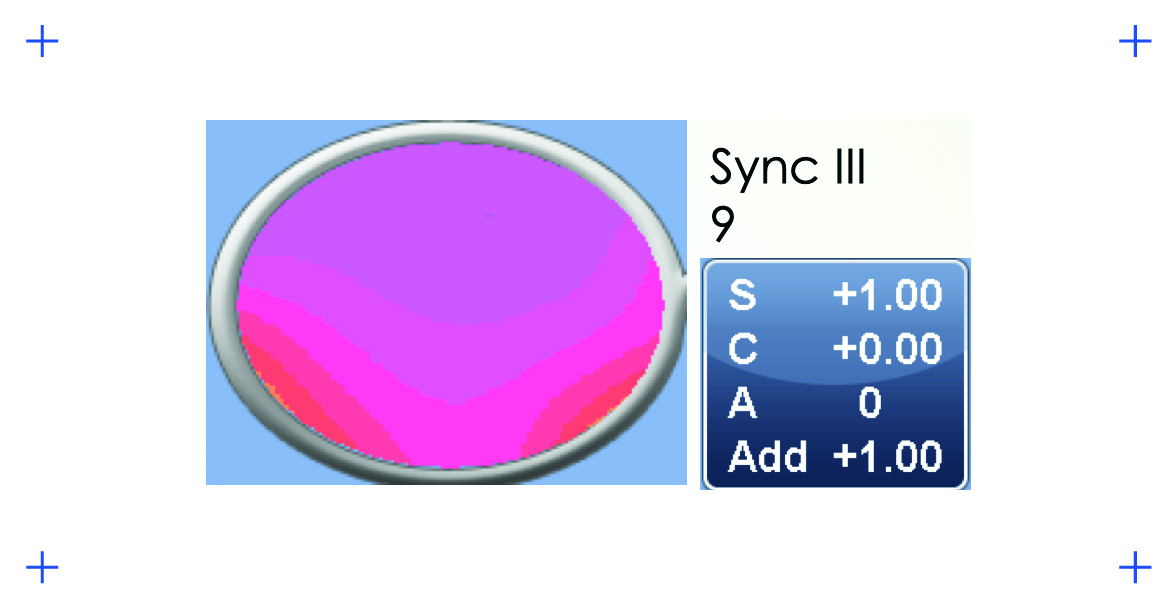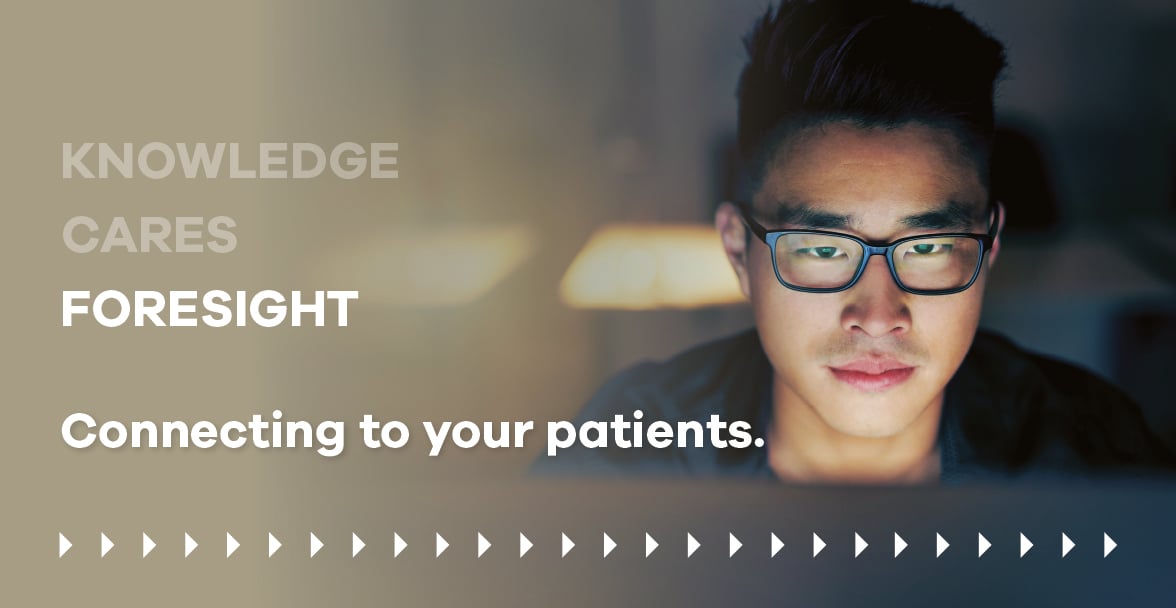We are living in a world of screens. From smartphones to laptops and in-person meetings to virtual meetings, our eyes were never designed to work like this. Our society needs a solution to help our eyes cope with such visual demands.
Premium computer lens designs, like HOYA’s Sync IIITM boost lens design, are answering the call by offering accommodative support and reducing the visual stresses from screen addiction. Let’s talk about digital eye strain (DES), its role in our society today, and how Sync III helps us address these critical DES issues.
Digital eye strain among children and adults
Digital eye strain is the visual eye strain and discomfort that occurs with prolonged amounts of digital screen viewing. The Centers for Disease Control and Prevention (CDC) reports that:
- Children ages 8 to 10 spend an average of 6 hours per day viewing screens
- Kids ages 11 to 14 spend an average of 9 hours per day viewing screens
- Youth ages 15 to 18 spend an average of 7.5 hours per day viewing screens
This amount of screen time can lead to visual symptoms of digital eye strain in less than two hours. Studies also show that adults are spending 11 hours a day viewing screens. They’re paying bills online, managing their households via apps, and most adults have jobs that require them to spend time on computers.
Recently, with the COVID pandemic, many adults have been working from home on smaller laptop screens than they’re used to. The strain is adding up. And when a break from the computer is needed, most do not get up and walk around the office or their home; they reach for their phones. These new prolonged visual demands are causing more and more adults to show symptoms of digital eye strain.
Identifying digital eye strain
The key symptoms of digital eye strain include:
- Fluctuation in vision
- Tired eyes
- Headaches
- Light sensitivity
- Eye rubbing and dryness
These symptoms create their own domino effect, leading to body fatigue and reduced concentration. Most patients will tolerate the symptoms, accepting them as part of this new digital way of life.
Adults and their children should see their eye care professional (ECP) about their digital device and screen time usage. The problem is, many patients may not know enough about DES to address the topic. And according to the Vision Council, only 20.5% of adult patients report discussing digital device usage with their ECPs. Most of the time, the DES conversation starts with asking the right questions.
I personally use a lifestyle questionnaire that allows me to assess the daily visual demands of each patient (phone, tablet, laptop, monitor) and if they are suffering from symptoms of digital eye strain. By understanding the demands and symptoms that each patient describes, I can quickly direct my exam testing and discussion to help educate on what solutions are available to help improve their visual lifestyles.
Learn 10 talking points to start a conversation about DES symptoms
Narrowing down the right digital eye strain solution
For my patients who are ages 10-45 and are suffering from the accommodative stresses of digital eye strain, the Sync III lens design is my first choice. Sync III is HOYA’s third-generation anti-fatigue lens that comes in three accommodative boost powers. The lens can give a +0.57D, +0.95D or +1.32D boost to fit all demands.
Sync III is not a “baby progressive,” which is what we would have prescribed in the past. The transition from distance to near is seamless with very easy adaptation. Below is a power distribution scan of a Sync III +0.95D boost.

The power distribution from the distance +1.00D to the full boost of +0.95D (+1.00) is located 16mm below the Optical Center (OC). This smooth power boost brings accommodative support without compromising vision, especially in our younger patients.
Demonstrating DES relief
When a Millennial or a parent of a younger patient asks if this solution really relieves DES, I always like to demonstrate. To have a patient “feel” the visual stresses of viewing their phone for even a short period of time can be enlightening.
To do this, have the patient take out their phone and hold it at their normal distance of 8-12”. Then, hold a +1.00 flipper in front of their eyes.
Explain that by doing this, we are relaxing their internal muscles that normally have to work to focus on the phone screen. When the flipper is removed, they will be able to “feel” how much their eyes are working to make things clear. When the flippers are removed, watch the patient close their eyes, blink heavily, or push the phone away.
Parents will see the reaction, and patients will “feel” what their eyes have been doing all day. It’s a simple demonstration that will go a long way to show the benefits of using the Sync III boost technology.
Giving your patients the first line of defense against DES
When you think about how the first iPhone came out 14 years ago, and the first tablet 11 years ago, these new visual demands seem as though they have always been a part of our lives. Now, add the screen time we acquire from our computers, gaming, social media, chatting, conferencing and work in general. Our eyes have never been more visually stressed.
Sync III boost lenses should be seen as the first line of defense — a simple solution for our younger and pre-presbyopic patients that are symptomatic of digital eye strain.
Did you find this content helpful? Download the PDF below for a more condensed version and reference it as needed.

